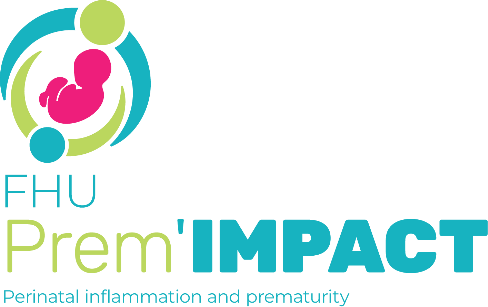Abstract
Introduction: Acute respiratory disorders and bronchopulmonary dysplasia (BPD) are frequent and serious complications in very preterm infants (VPI). These conditions are influenced by several factors, including fluid imbalances and abnormal postnatal changes in body water composition (BWC). We aimed to investigate the association between BWC and the severity of respiratory disease in VPI using bioelectrical impedance analysis (BIA).
Material and methods: We conducted an observational study in a third-level neonatal intensive care unit at Reunion Island University Hospital. Infants born before 32 weeks of gestation, with BWC monitoring during hospital stay, were included. The severity of respiratory disease was assessed using mean airway pressure (MAP) recorded at the same time as BIA. Secondary outcomes included the Lung Ultrasound Score (LUS), measured weekly from 28 days of life, and BDP occurrence and severity at 36 weeks of postconceptional age.
Results: We included 34 VPI (BW 1,131 ± 352 g, gestational age 28.0 ± 2.2) and performed 267 BWC analyses (average: 8 BIA/patient). MAP was directly associated with extracellular water (ECW, % of body weight) (p < 0.001), even after adjustment for confounding variables at multivariate analysis (p < 0.02). No significant association was observed between total body water measures and the LUS. ECW was significantly associated with the occurrence of severe BPD (p < 0.003).
